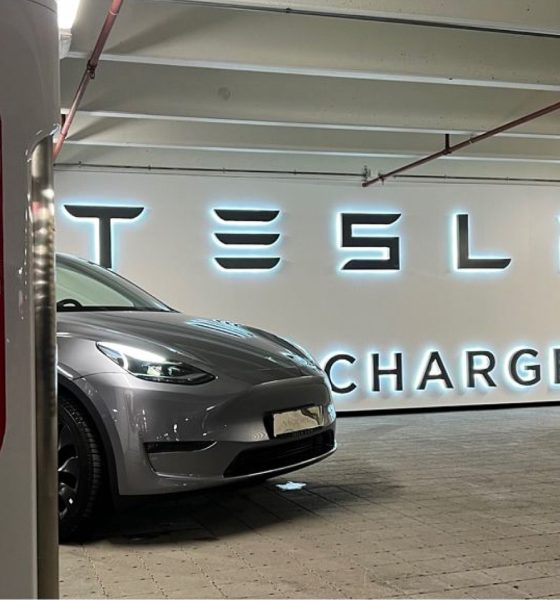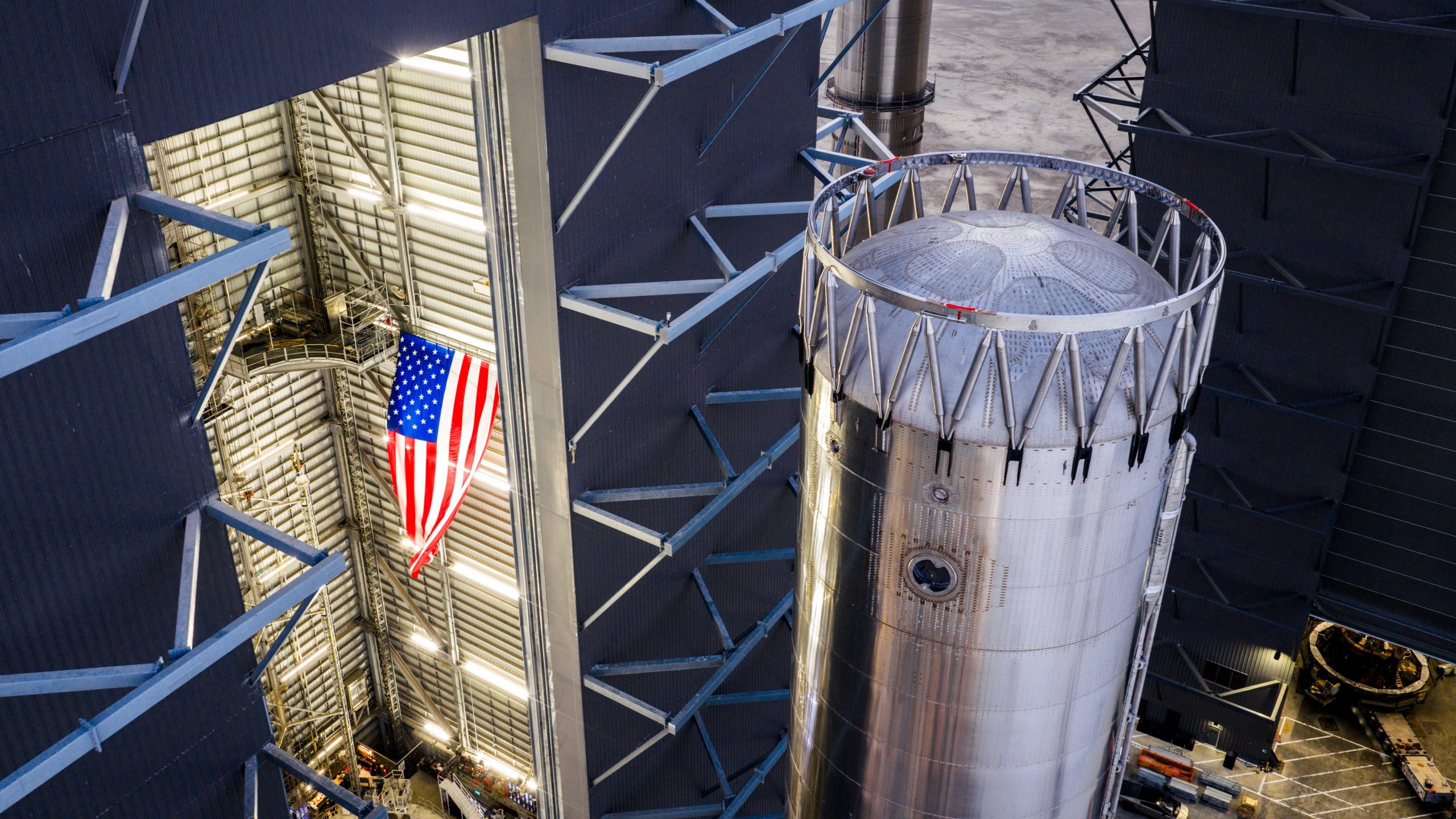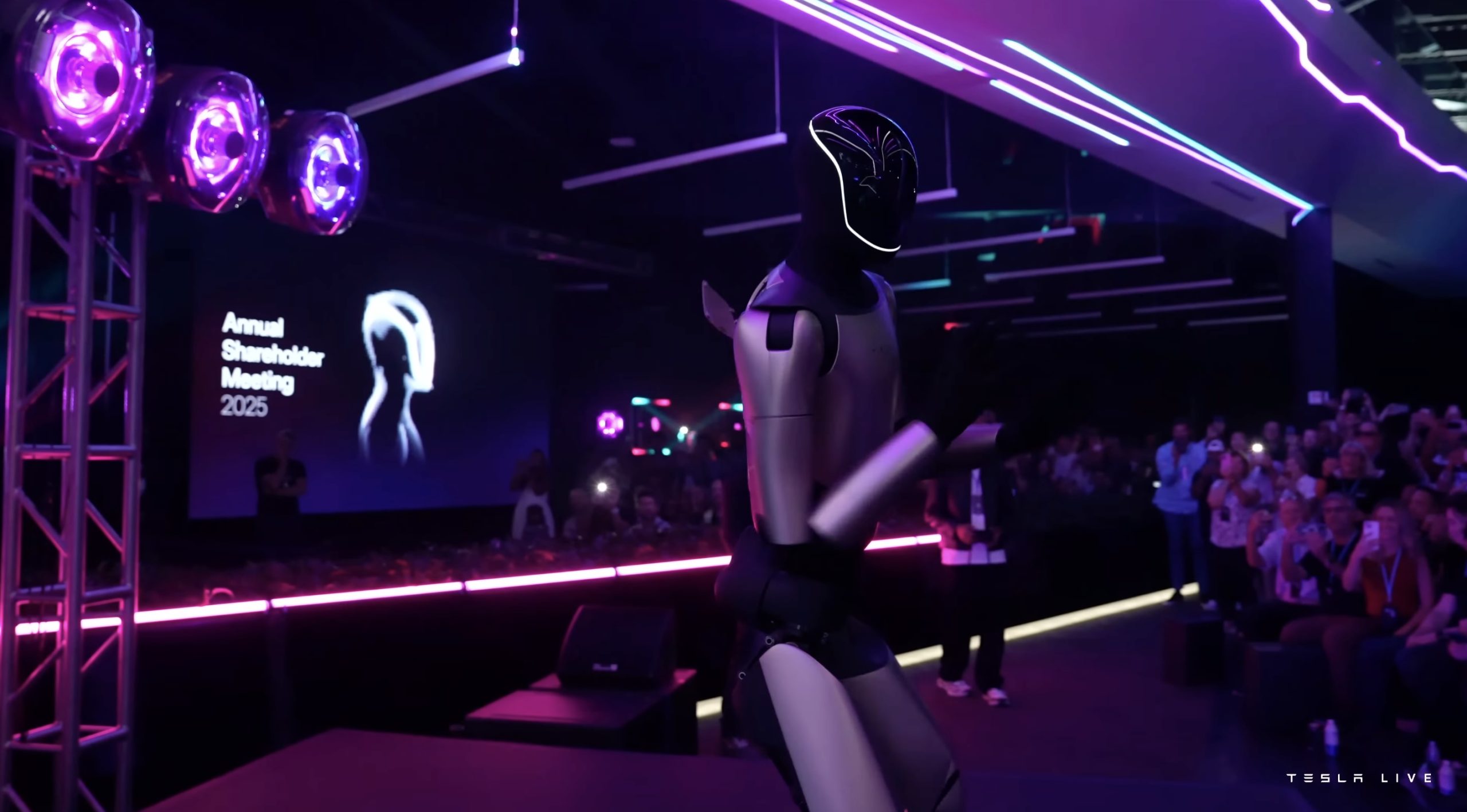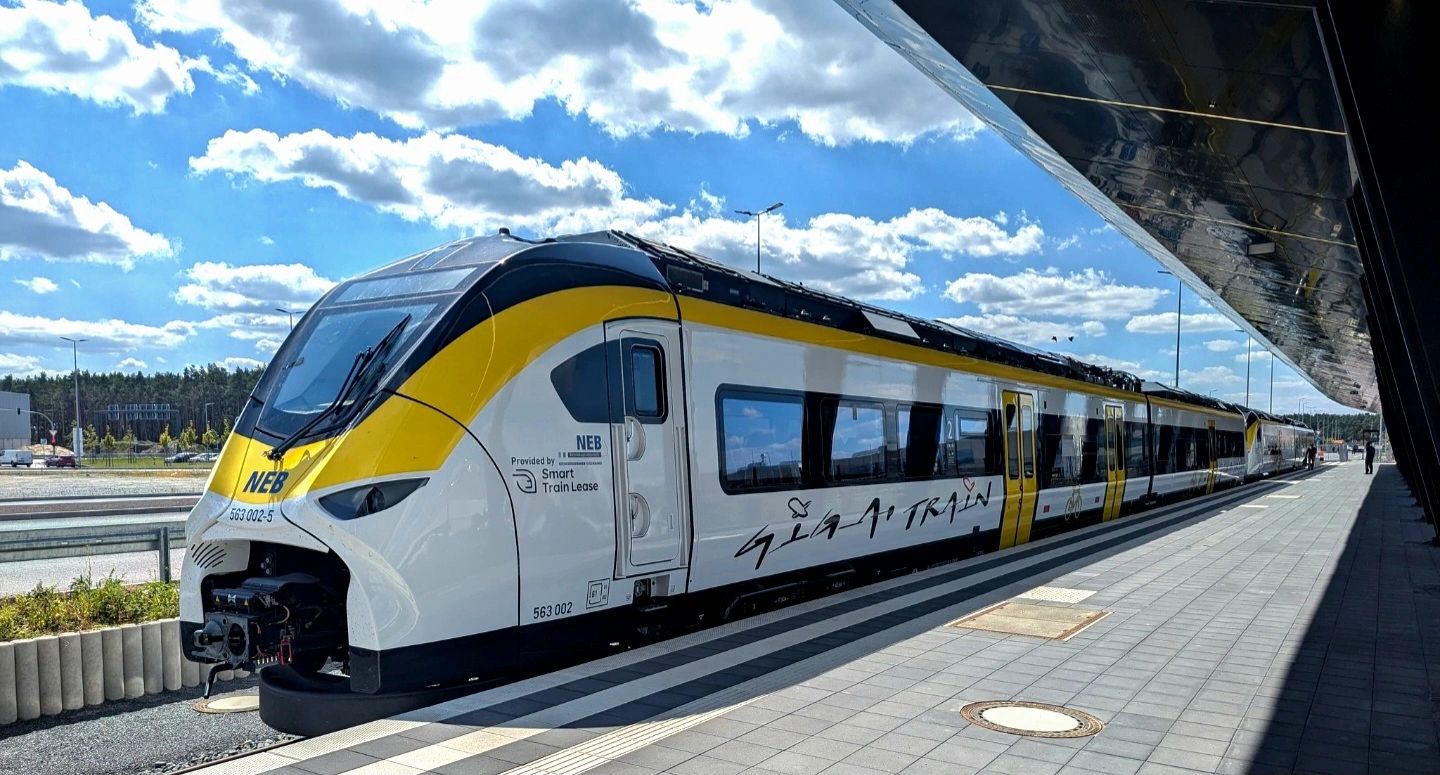

News
Tesla opens a milestone Supercharger in Norway open to all EV makers
Tesla opened its 100th Supercharging station in Norway earlier this week, bringing the country’s pile total to over 1,500 individual Supercharging stalls. The new station is a part of the company’s Pilot Program to charge non-Tesla EVs, as Norway is heavily concentrated with EV brands and models.
The new station is located at Ullevaal Stadium, home of the Norweigian National Football Team in Oslo.
Norway has a relatively small population of just 5.425 million people, making it the 118th most-populated country globally. Its land area lists it as the 61st largest country on Earth, yet Norway is amongst the most supportive countries in terms of the transition to sustainable energy, with EV sales figures skyrocketing well above countries with larger land areas and population counts.
In September, Norway’s EV market share had risen to 25 percent, meaning one-in-four vehicles registered was electric. However, the country’s enthusiasm for EVs is far from newfound; various EVs and manufacturers have contributed to the country’s increased use of sustainable powertrains.
Amongst the many automakers registered to sell electric vehicles in the country, Tesla has performed the best in Norway. With 18,425 sales through 2022 thus far, Tesla controls 15.5 percent of EV sales for the year, with Volkswagen sitting in second with 14,965 sales and 12.5 percent of sales. BMW (8.3%), Audi (7.1%), and Hyundai (6.3%), EU-EVs data shows.
As Tesla’s Model Y is the best seller in the Norweigian market with 15,289 sales so far this year, the automaker continues to expand its presence of Superchargers in the country. However, Tesla’s non-Tesla EV Supercharging Pilot Program has allowed owners of other electric vehicle brands to take advantage of the company’s chargers. Tesla launched the Pilot Program in Norway in January 2022.
With 100 Supercharger Stations in Norway, Tesla has contributed to the overwhelming need for more EV charging points in the region. This year alone, nearly 120,000 EVs have been sold in Norway, and as the story of battery-powered cars is not in its early phases, the more stations available to drivers is nothing but an advantage they will likely welcome.
Tesla’s Pilot Program has extended across fifteen European countries, allowing non-Tesla EVs to charge at rates determined by the company. “Pricing for non-Tesla drivers reflects additional costs incurred to support charging a broad range of vehicles and adjustments to our sites to accommodate these vehicles,” Tesla said regarding pricing for non-Tesla vehicles. Rates vary by site and can be lowered with a charging membership, the company said.
Tesla’s expansion of the Supercharging Pilot program has helped relieve EV charger congestion in Europe and is being assessed for possible use in the United States market.
I’d love to hear from you! If you have any comments, concerns, or questions, please email me at joey@teslarati.com. You can also reach me on Twitter @KlenderJoey, or if you have news tips, you can email us at tips@teslarati.com.

Elon Musk
SpaceX’s Starship program is already bouncing back from Booster 18 fiasco
Just over a week since Booster 18 met its untimely end, SpaceX is now busy stacking Booster 19, and at a very rapid pace, too.

SpaceX is already bouncing back from the fiasco that it experienced during Starship Booster 18’s initial tests earlier this month.
Just over a week since Booster 18 met its untimely end, SpaceX is now busy stacking Booster 19, and at a very rapid pace, too.
Starship V3 Booster 19 is rising
As per Starbase watchers on X, SpaceX rolled out the fourth aft section of Booster 19 to Starbase’s MegaBay this weekend, stacking it to reach 15 rings tall with just a few sections remaining. This marks the fastest booster assembly to date at four sections in five days. This is quite impressive, and it bodes well for SpaceX’s Starship V3 program, which is expected to be a notable step up from the V2 program, which was retired after a flawless Flight 11.
Starship watcher TankWatchers noted the tempo on X, stating, “During the night the A4 section of Booster 19 rolled out to the MegaBay. With 4 sections in just 5 days, this is shaping up to be the fastest booster stack ever.” Fellow Starbase watcher TestFlight echoed the same sentiments. “Booster 19 is now 15 rings tall, with 3 aft sections remaining!” the space enthusiast wrote.
Aggressive targets despite Booster 18 fiasco
SpaceX’s V3 program encountered a speed bump earlier this month when Booster 18, just one day after rolling out into the factory, experienced a major anomaly during gas system pressure testing at SpaceX’s Massey facility in Starbase, Texas. While no propellant was loaded, no engines were installed, and no one was injured in the incident, the unexpected end of Booster 18 sparked speculation that the Starship V3 program could face delays.
Despite the Booster 18 fiasco, however, SpaceX announced that “Starship’s twelfth flight test remains targeted for the first quarter of 2026.” Elon Musk shared a similar timeline on X earlier this year, with the CEO stating that “ V3 is a massive upgrade from the current V2 and should be through production and testing by end of year, with heavy flight activity next year.”
Considering that Booster 19 seems to be moving through its production phases quickly, perhaps SpaceX’s Q1 2026 target for Flight 12 might indeed be more than feasible.
News
Elon Musk makes a key Tesla Optimus detail official
“Since we are naming the singular, we will also name the plural, so Optimi it is,” Musk wrote on X.

Tesla CEO Elon Musk just made a key detail about Optimus official. In a post on X, the CEO clarified some key wording about Optimus, which should help the media and the public become more familiar with the humanoid robot.
Elon Musk makes Optimus’ plural term official
Elon Musk posted a number of Optimus-related posts on X this weekend. On Saturday, he stated that Optimus would be the Von Neumann probe, a machine that could eventually be capable of replicating itself. This capability, it seems, would be the key to Tesla achieving Elon Musk’s ambitious Optimus production targets.
Amidst the conversations about Optimus on X, a user of the social media platform asked the CEO what the plural term for the humanoid robot will be. As per Musk, Tesla will be setting the plural term for Optimus since the company also decided on the robot’s singular term. “Since we are naming the singular, we will also name the plural, so Optimi it is,” Musk wrote in his reply on X.
This makes it official. For media outlets such as Teslarati, numerous Optimus bots are now called Optimi. It rolls off the tongue pretty well, too.
Optimi will be a common sight worldwide
While Musk’s comment may seem pretty mundane to some, it is actually very important. Optimus is intended to be Tesla’s highest volume product, with the CEO estimating that the humanoid robot could eventually see annual production rates in the hundreds of millions, perhaps even more. Since Optimi will be a very common sight worldwide, it is good that people can now get used to terms describing the humanoid robot.
During the Tesla 2025 Annual Shareholder Meeting, Musk stated that the humanoid robot will see “the fastest production ramp of any product of any large complex manufactured product ever,” starting with a one-million-Optimi-per-year production line at the Fremont Factory. Giga Texas would get an even bigger Optimus production line, which should be capable of producing tens of millions of Optimi per year.
News
Tesla is improving Giga Berlin’s free “Giga Train” service for employees
With this initiative, Tesla aims to boost the number of Gigafactory Berlin employees commuting by rail while keeping the shuttle free for all riders.

Tesla will expand its factory shuttle service in Germany beginning January 4, adding direct rail trips from Berlin Ostbahnhof to Giga Berlin-Brandenburg in Grünheide.
With this initiative, Tesla aims to boost the number of Gigafactory Berlin employees commuting by rail while keeping the shuttle free for all riders.
New shuttle route
As noted in a report from rbb24, the updated service, which will start January 4, will run between the Berlin Ostbahnhof East Station and the Erkner Station at the Gigafactory Berlin complex. Tesla stated that the timetable mirrors shift changes for the facility’s employees, and similar to before, the service will be completely free. The train will offer six direct trips per day as well.
“The service includes six daily trips, which also cover our shift times. The trains will run between Berlin Ostbahnhof (with a stop at Ostkreuz) and Erkner station to the Gigafactory,” Tesla Germany stated.
Even with construction continuing at Fangschleuse and Köpenick stations, the company said the route has been optimized to maintain a predictable 35-minute travel time. The update follows earlier phases of Tesla’s “Giga Train” program, which initially connected Erkner to the factory grounds before expanding to Berlin-Lichtenberg.
Tesla pushes for majority rail commuting
Tesla began production at Grünheide in March 2022, and the factory’s workforce has since grown to around 11,500 employees, with an estimated 60% commuting from Berlin. The facility produces the Model Y, Tesla’s best-selling vehicle, for both Germany and other territories.
The company has repeatedly emphasized its goal of having more than half its staff use public transportation rather than cars, positioning the shuttle as a key part of that initiative. In keeping with the factory’s sustainability focus, Tesla continues to allow even non-employees to ride the shuttle free of charge, making it a broader mobility option for the area.









